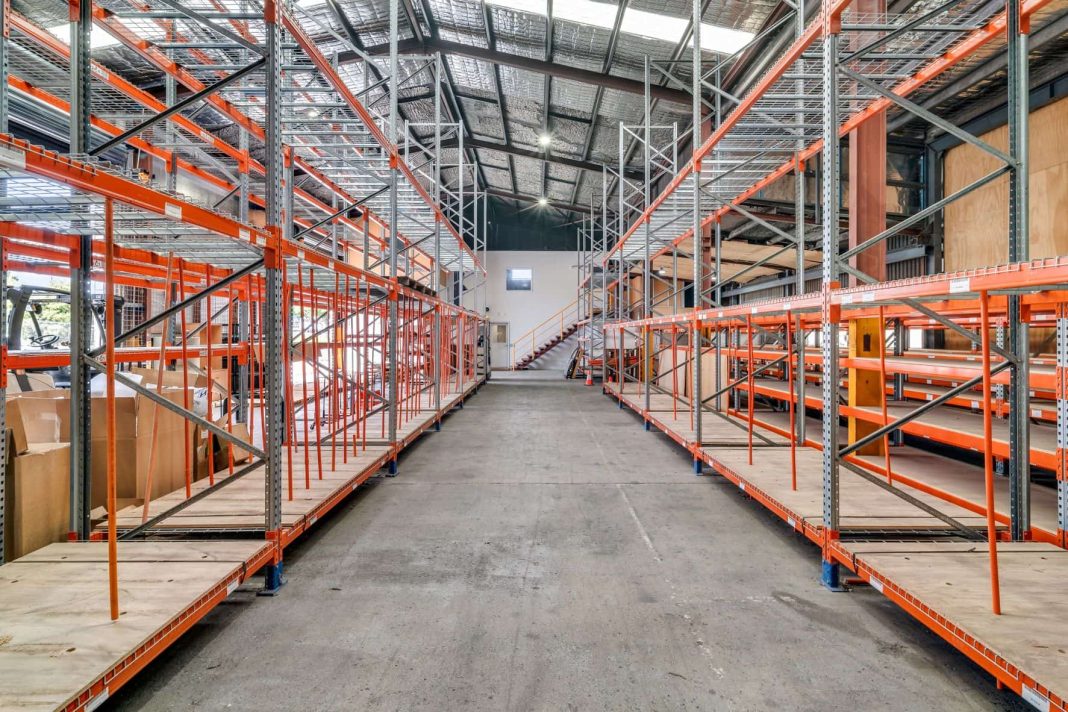Like housing, the industrial property sector in Canberra has set new record prices lately, with lack of land availability leading to some of the highest land values in Australia.
Currently, 75 per cent of all of Canberra’s industrial stock is held in Hume and Fyshwick, said Ray White Commercial head of research, Vanessa Rader.
“Across these precincts there has been some convergence across uses with more non-industrial uses such as retail emerging,” Ms Rader said.
“This has put pressure on an already tight industrial land market in Canberra resulting in high demand for accommodation for true industrial users.
“A recent study by SGS Economics Planning identifies a significant shortfall of employment lands across the region to keep up with the demands from the growing ACT population.”
The study centred on the ACT’s land release program, and Ms Rader said the results showed limited projected land availability.
“In 2021, Canberra had 2.03ha of industrial land per 1,000 people. With additional supply of 9.7ha of industrial land per the Indicative Land Release Program (ILRP), the amount of industrial land per person is expected to reach 2.09ha by 2025,” Ms Rader said.
“Without additional land supply beyond this, Canberra’s supply of industrial land is expected to decline to 1.90ha per 1,000 people by 2031 and to 1.50ha by 2050.
“In order to maintain Canberra’s per-capita industrial land supply at current levels of at least 2.0ha per 1,000 people, Canberra will need at least 70ha of additional industrial land by 2031, in addition to that already planned in the ILRP. An additional 130ha will be needed by 2041, and another 130ha by 2050.”
Compared to other Australian industrial markets, the ACT’s land values are “relatively expensive”.
The major driver in the overheated market is the lack of zoned, industrial vacant land suitable for development, Ms Rader said.
“Sydney represents a vast range, however, this is indicative of pressure of rezoning in the inner markets to residential uses on the upper end; however, the lack of vacant, zoned, industrial land given the natural boundaries of the city has also kept land values elevated, currently ranging from $750/sqm to $3,250/sqm,” she said.
“Canberra is faced with similar difficulties with limited zoned stock together with environmental roadblocks keeping new supply slow which has pushed land values up rapidly to currently average $500/sqm to $750/sqm.”
In comparison, Melbourne and Brisbane’s current prices range from $500/sqm and $300/sqm respectively.
Ray White Commercial Canberra head of industrial sales and leasing, Frank Giorgi, said the ACT’s industrial property market was the “hottest it’s ever been”.
“Vacancy is at record lows, most leases now have zero incentive and every month the yields keep dropping, and record prices are set. This is mainly due to lack of supply,” Mr Giorgi said.
“High clearance warehouses with large roller doors are the hottest property. Hardstand yards have also been quite popular.
“The industrial office market is also booming as is large format retail sites. In short, the industrial areas are in high demand.”
A record price was set for the ACT region recently with a warehouse at 64-66 Yass Road, Queanbeyan selling vacant possession at $3,350/sqm.
Ms Rader said Canberra’s industrial market has been late to the investment party. In other states, industrial properties have been the “flavour of the moment”, but most of the ACT’s industrial properties are still privately owned.
“The market continues to be highly privately owned with limited large-scale transactions occurring each year. During 2021, we recorded $101 million in sales at a similar rate to 2020 where $111 million changed hands with very little institutional activity,” Ms Rader said.
“The leasehold structure of the Canberra property market together with relatively high rates and taxes on land are likely to be the greatest drawback for investors who do not fully understand the nuances of this market.
“As such, investment yields are some of the highest in the country showing a wide mismatch when considering achievable rental rates and land values. Current yields sit within the 5.5 per cent to the 6.5 per cent range during a time where most east coast markets see prime yields with a sub 5.0 per cent price point.
“The Canberra industrial market profile is more centered around owner-occupier purchases, self-managed super funds, together with private family trusts and local developers.”
Mr Giorgi believes there will be no change in these trends throughout the next 12 months, giving no relief to buyers.
“The market will continue to skyrocket as there is nowhere near enough land being released,” he said.
“Properties will lease within seven days of being on the market and all sales will be hotly contested and sell at yields of five to six per cent.”
Canberra Daily would love to hear from you about a story idea in the Canberra and surrounding region. Click here to submit a news tip.



